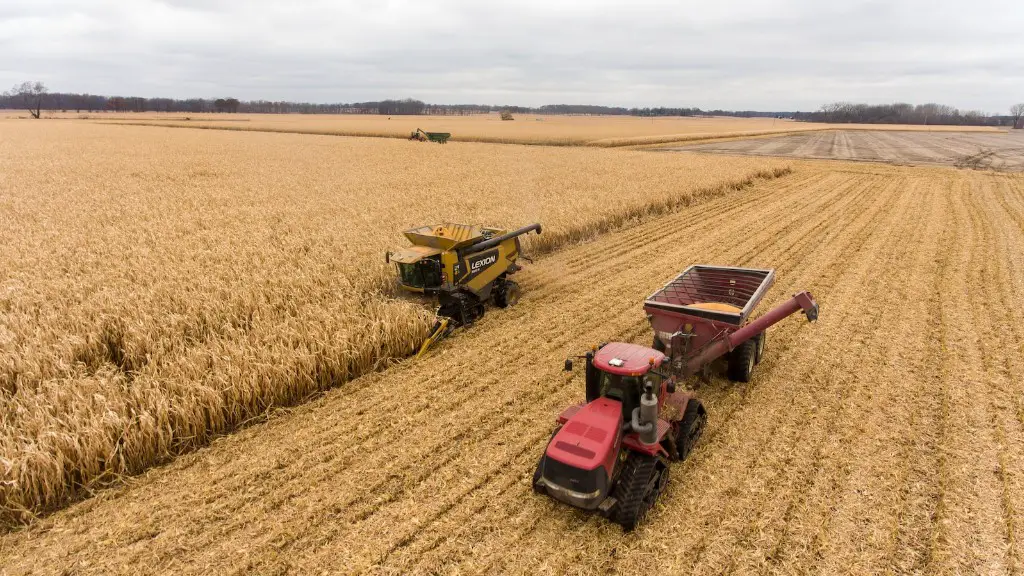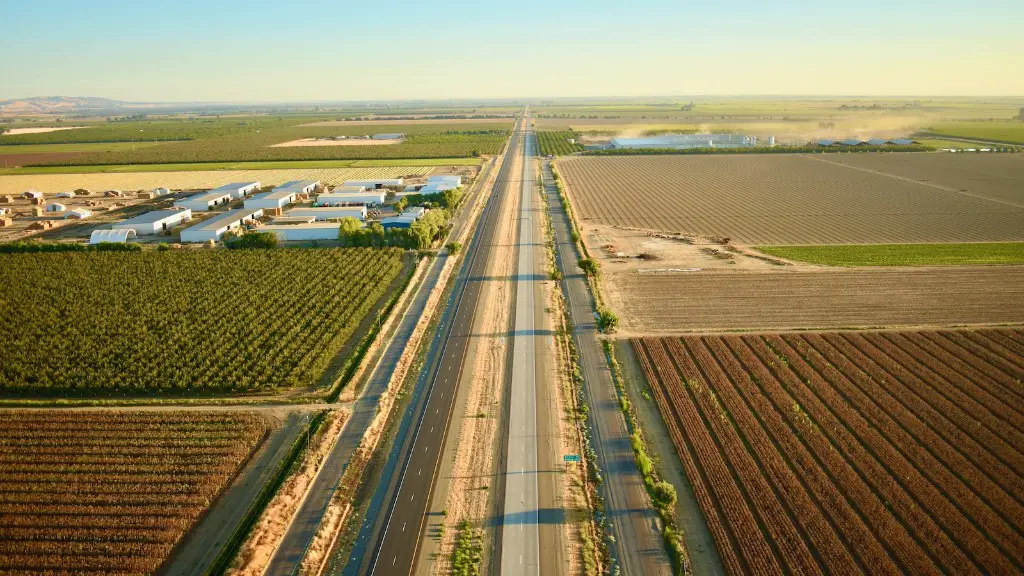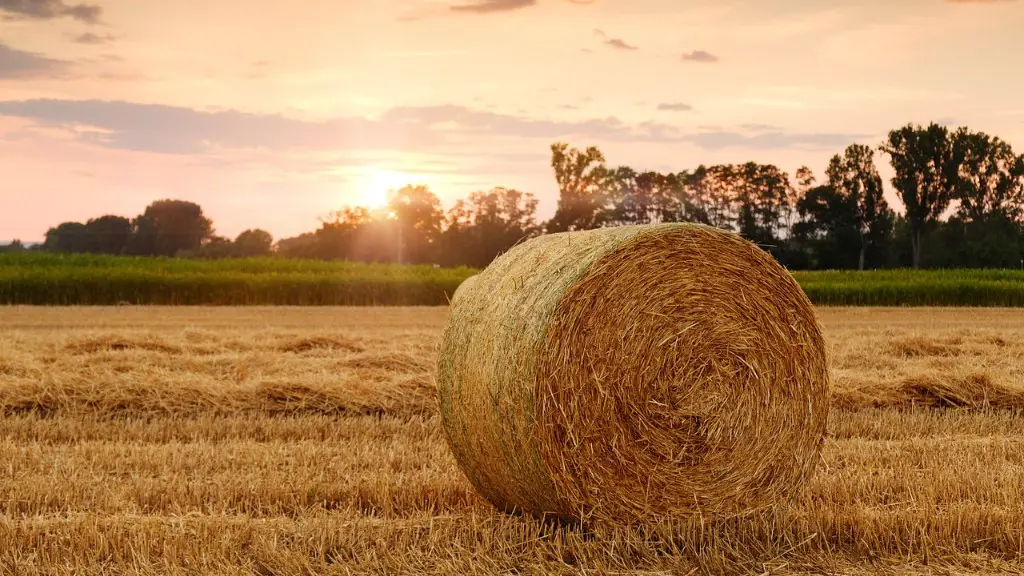Harvesting rainwater for agricultural use is a highly efficient and sustainable approach to providing ongoing water sources for crops, livestock, and other agricultural resources. Given the global water crisis, there is no better time for farmers and landowners to implement these systems. This article offers the best practices for harvesting rainwater for agriculture.
First and foremost, the key to efficient and effective rainwater harvesting is proper design and installation. It is critical to be familiar with local and regional laws, regulations, and potential risks. This process should not be viewed as a “DIY” project – ensuring high-quality components and professional installation is an absolute must. Additionally, because these systems are engineered to support specific environmental and environmental conditions, it is necessary to conduct a comprehensive site assessment and design that is tailored to that specific environment before implementation.
Another key to successful rainwater harvesting is the effective collection and storage of rainwater. Different types of collection systems – such as rooftop collection, berming, gabions, swales, and ponds – can collect rainwater and direct it to larger storage tanks or reservoirs. These storage mechanisms help buffer large volumes of rainwater and can help protect against flooding and soil erosion.
Thirdly, it is essential to consider the methods of transporting the rainwater from the collection system to the user – typically farmers and livestock owners. While this process can be done by using pumps, it is recommended to make use of gravity feed systems, as these are a more sustainable option. Furthermore, in this process, it is important to consider the potential pollutants that may contaminate the water and the best ways to filter and treat those pollutants.
Finally, efficient rainwater harvesting for agricultural purposes also calls for adequate maintenance and water management. Ensuring the collection system and reservoirs are structurally sound and able to function properly is paramount. Additionally, determining the volume of water stored, the quality of the water, locations of evaporation, and other parameters help provide insights into the effectiveness and sustainability of the harvesting systems.
Quanitity of Water Collection
Collecting the maximum amount of rainwater is the first step towards harvesting rainwater for agriculture. It is recommended that the collection surface area should be 40-60 m2 per hectare, or 0.2 hectare per 1000 liters of water storage. To increase the collection capacity, collectors should be placed in strategic locations. These could include rooftops, paved areas, and surrounding slopes. Further, these designs should allow for maintenance and regular cleaning of the collectors.
Pumps and Meters
The next key element of a successful rainwater harvesting system is the inclusion of submersible pumps, pressure controllers, and meters. Pumps are responsible for pushing the water through the collection system and any associated filters or other components. The pressure controllers regulate the pressure throughout the system and ensure a steady flow of water. Meters allow for accurate measurement of the quantity of water, tracking the amount of water collected, used, and any potential losses.
Filtration Systems
It is essential to consider the method and frequency of filtration for a harvesting system, especially if water is to be used for agricultural purposes. This because organic and inorganic impurities, algae, and microorganisms can contaminate water, thus negatively affecting its quality. While pre-filtration and post-filtration are important steps, it is recommended that an intermediary filtration system is in place to ensure optimal water quality.
Water Usage Strategies and Practices
Once the water is collected, it needs to be put to good use. This is typically done via drip irrigation and other sustainable practices, such as mulching and reducing evaporation. It is also possible to use rainwater for other applications, such as providing water for livestock, though it is important to ensure water quality and safety of the animals. Furthermore, water recycling strategies should be in place to prevent water wastage and ensure the sustainability of the harvesting systems.
Water Management Strategy
Finally, to maintain a successful harvesting system, effective water management is essential. Regular monitoring and checking for any technical issues is key, as well as setting up alerts for (low) water levels. Calculating usage should be done regularly, and practices like “flushing” should be in place to prevent the build-up of harmful contaminants. Additionally, implementing a water-sharing strategy with surrounding systems can help increase the efficiency of the harvesters and reduce the likelihood of shortages.


